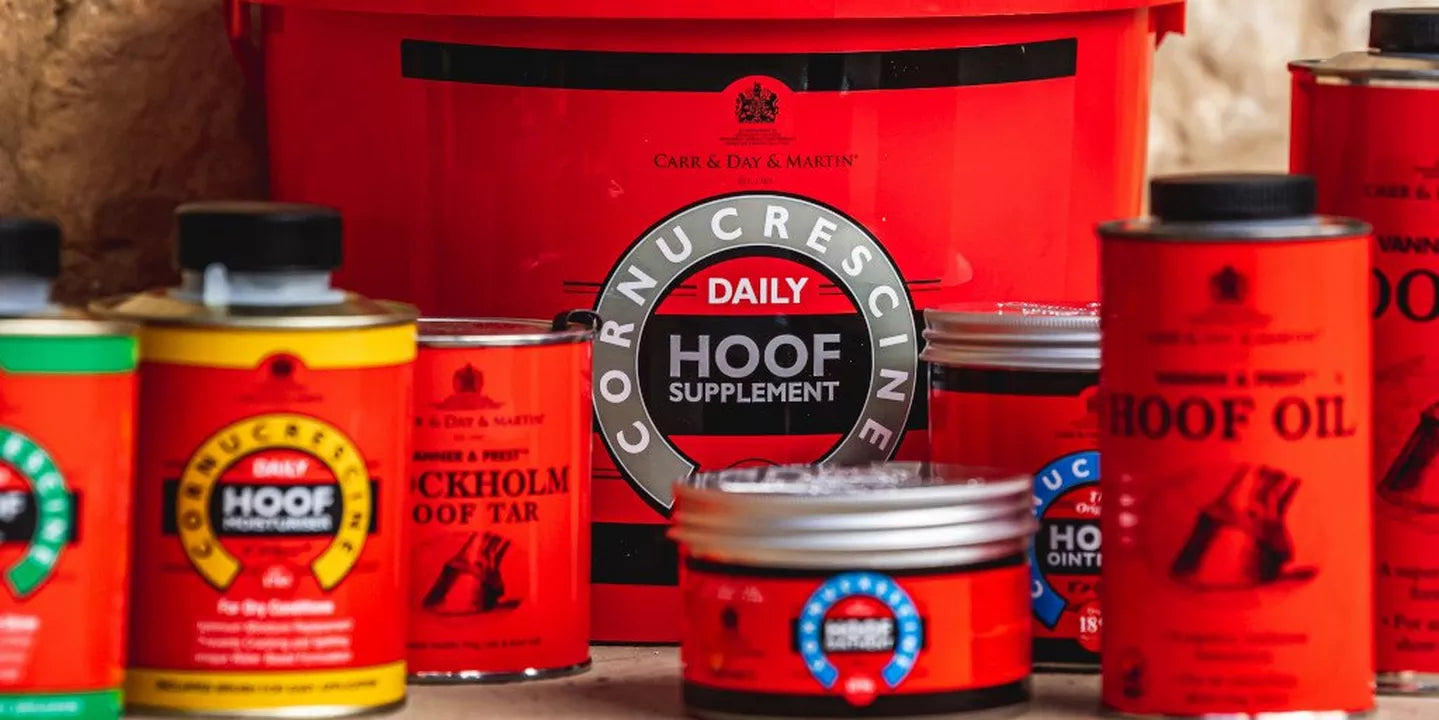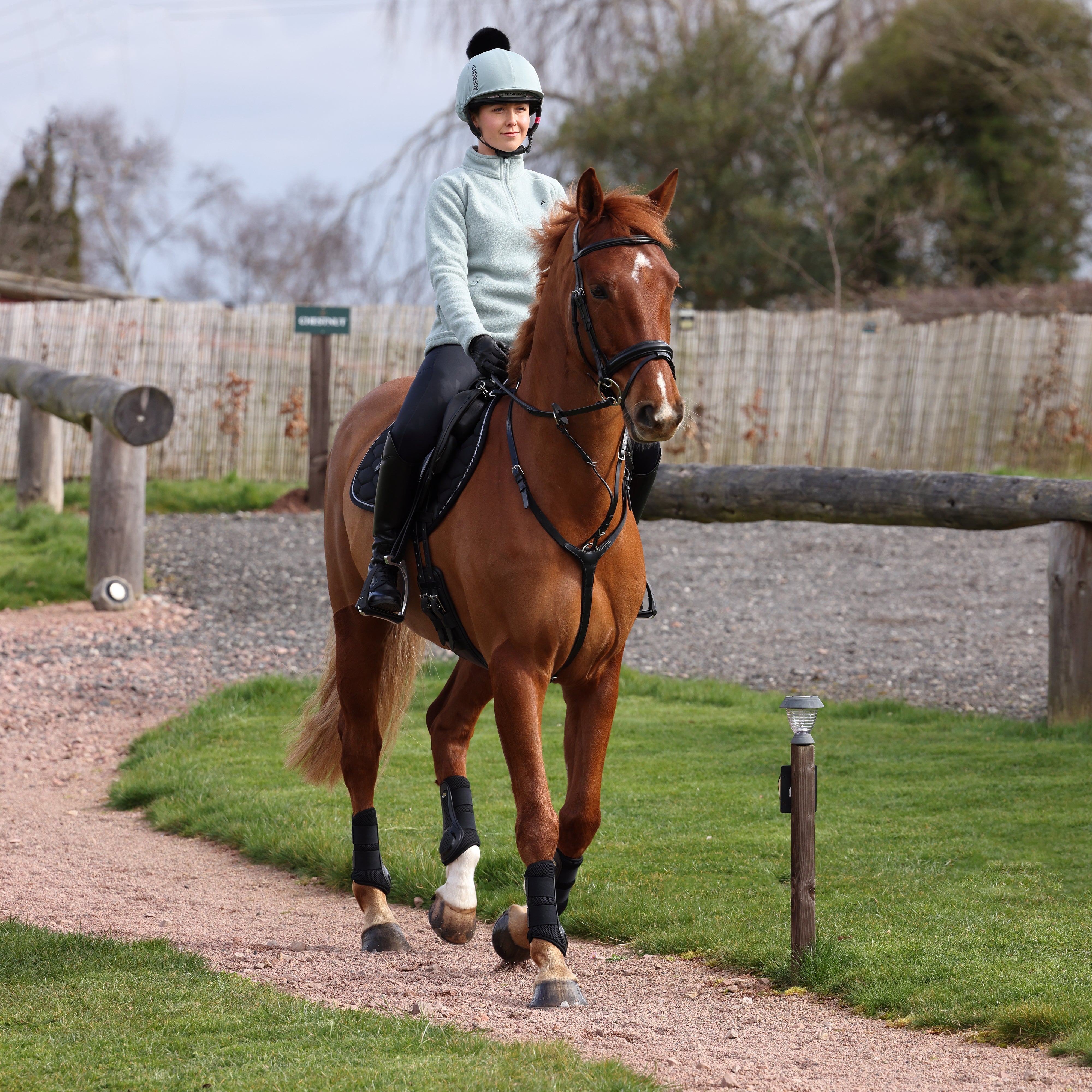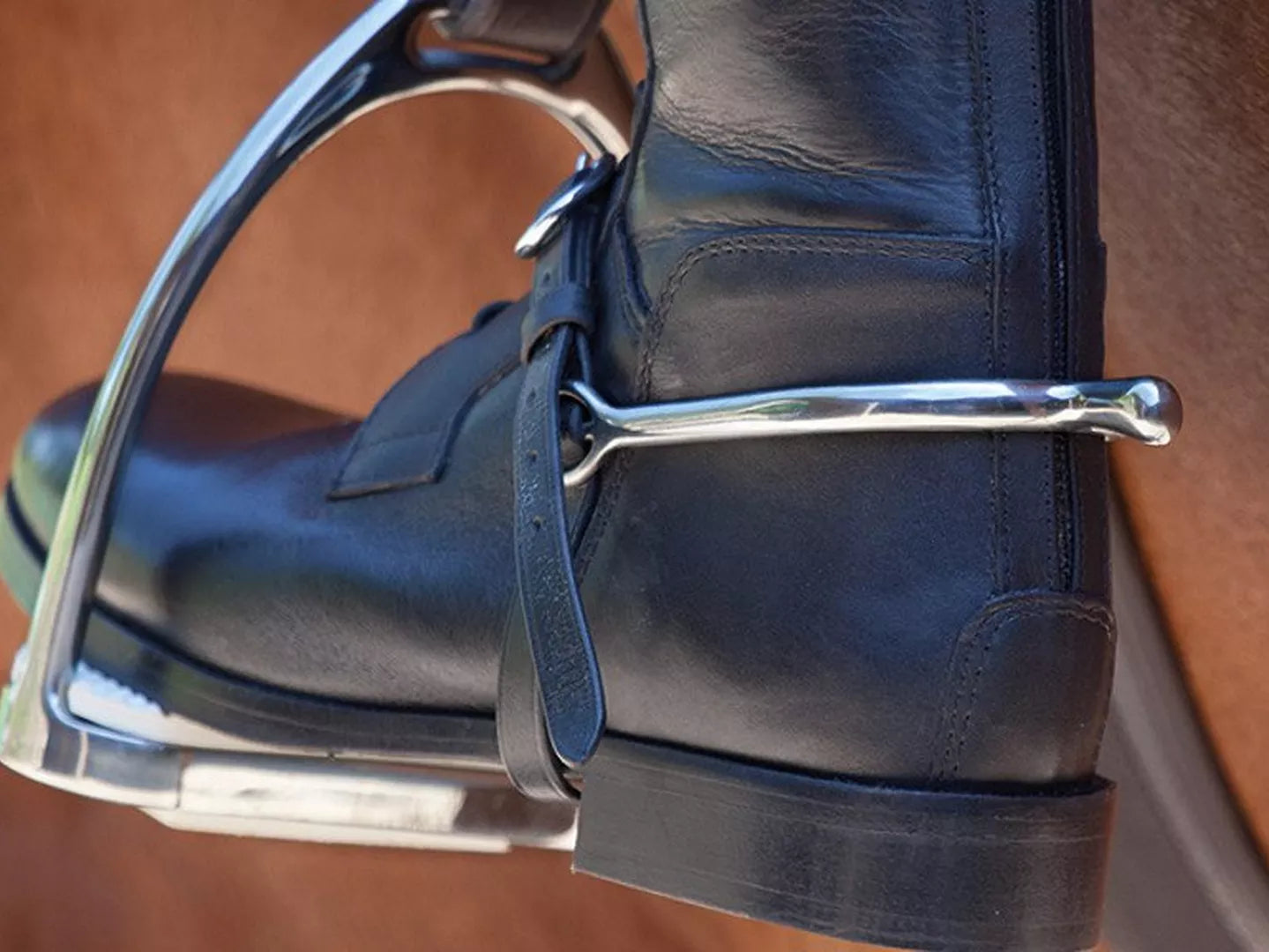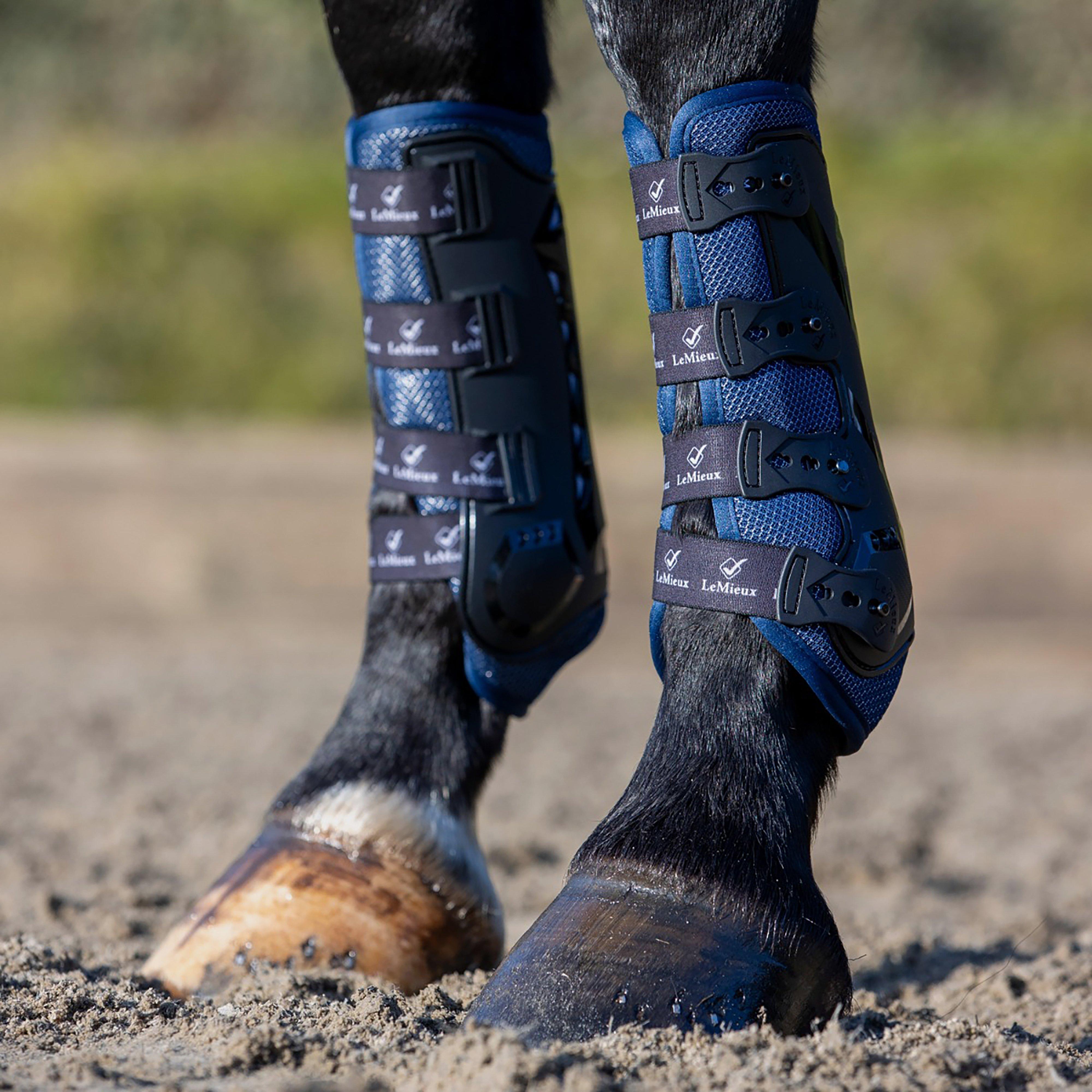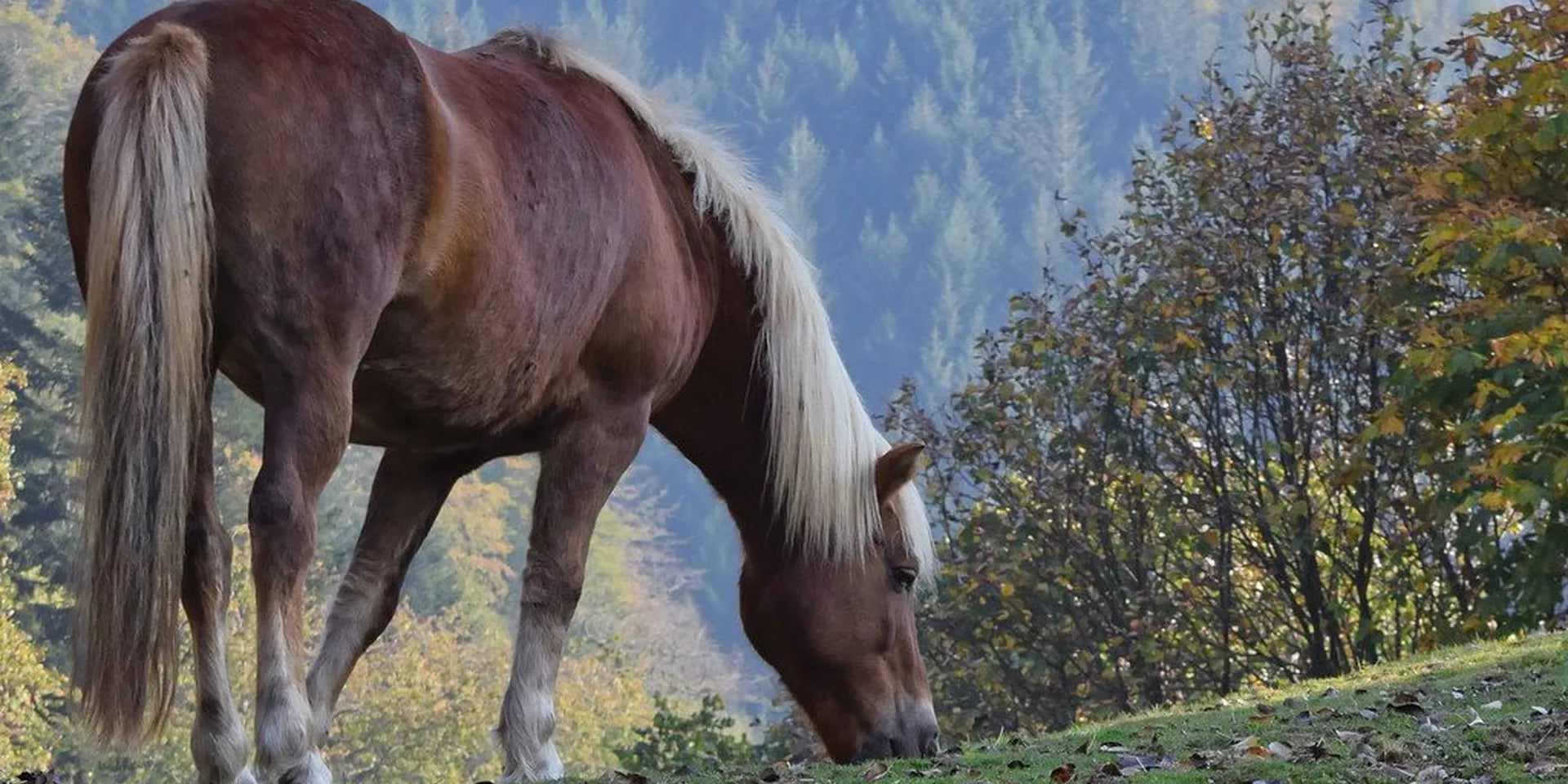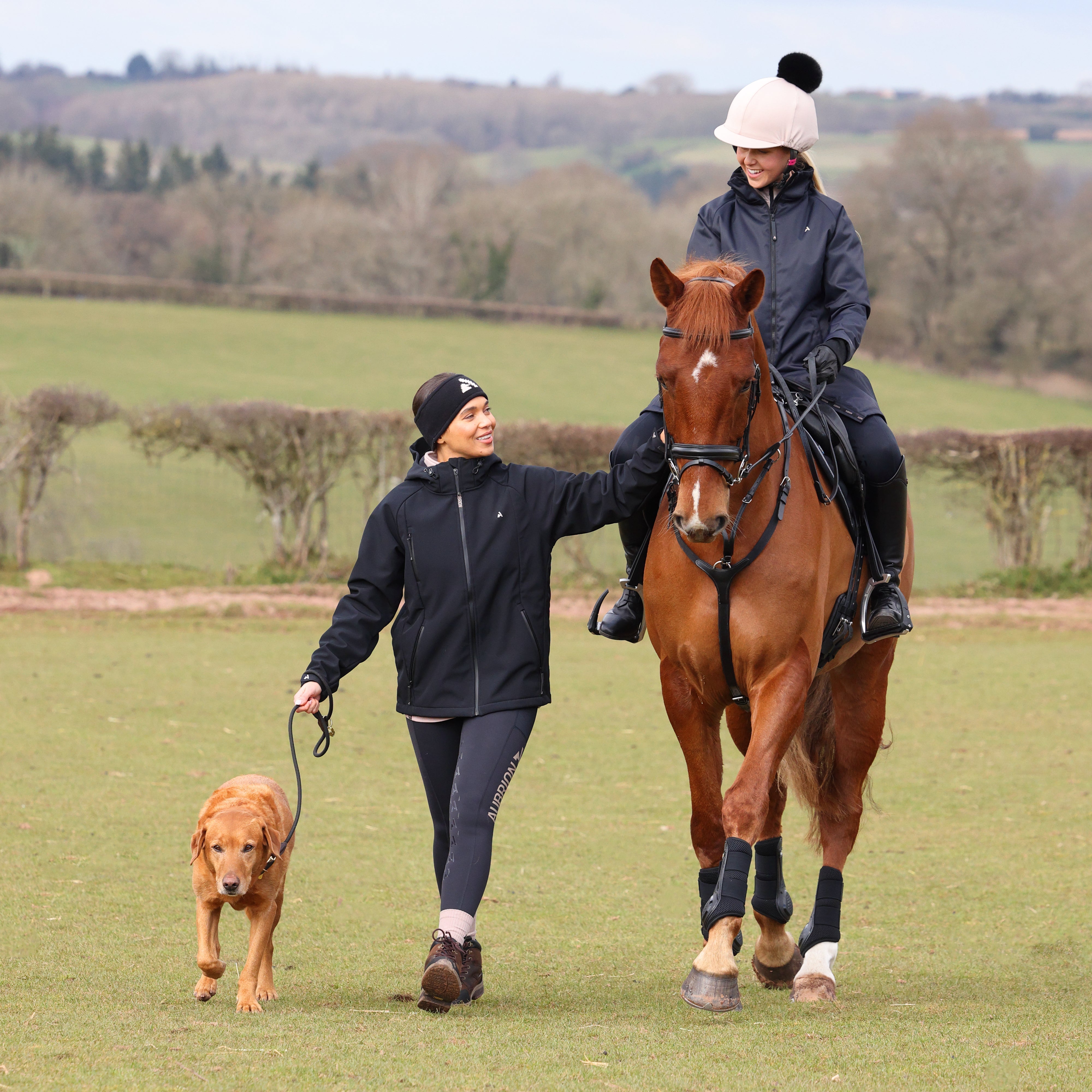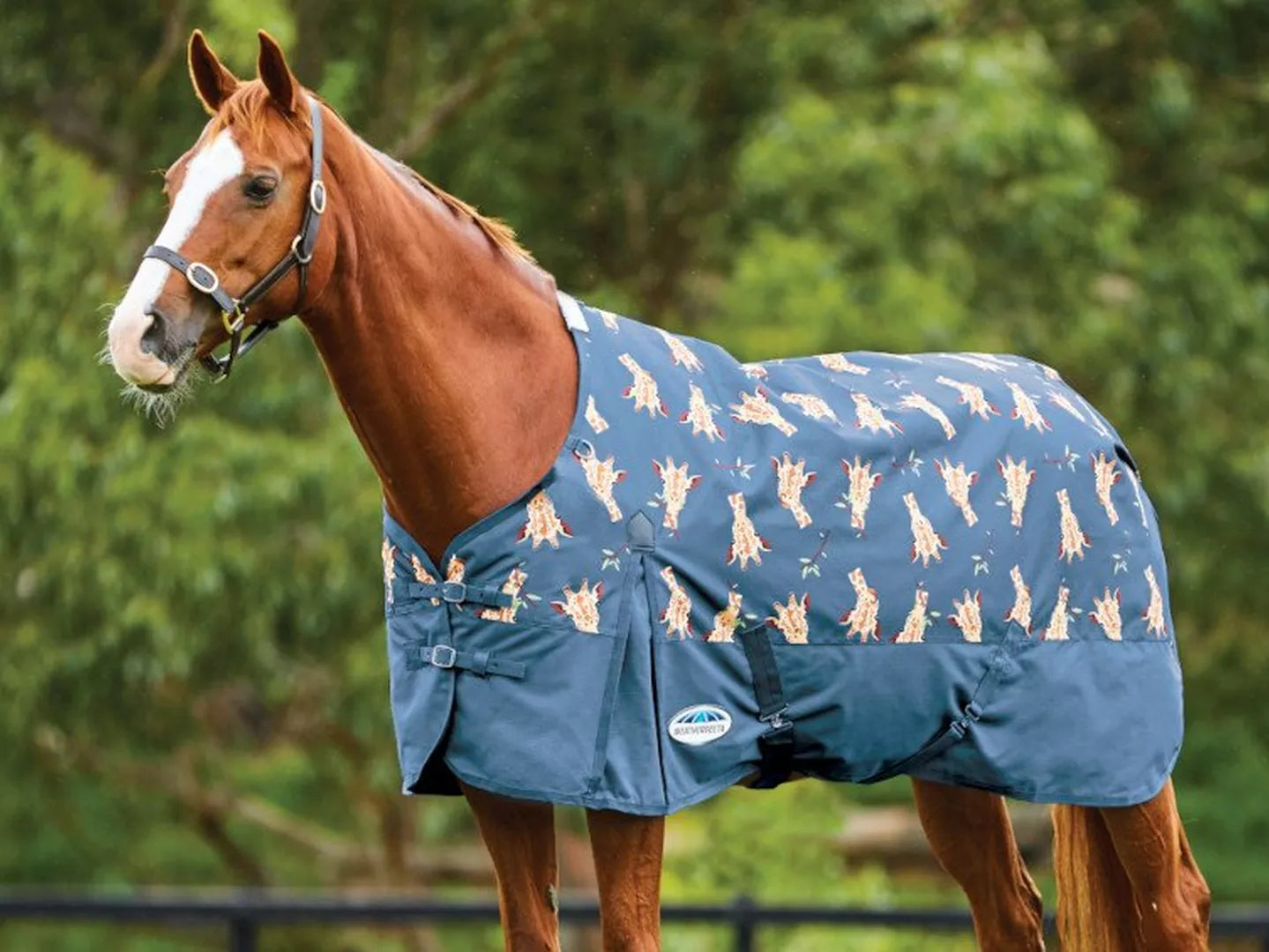Wouldn’t it be nice to get a new pair of shoes every month? Sounds like a pipe dream, doesn’t it? Not for our horses! On average, horses are shod every four to six weeks, costing between £80 - £95 per time. So, it’s hardly surprising we’re not pleased when they ‘help’ and remove them before they’re due! More often than not though, this is preventable! Keep reading to find out how you can help keep your horse’s shoes where they’re meant to be, on their hooves!
How To Prevent Your Horse Loosing A Shoe
Four Reasons Keeping Shoes On Is Important
- Injury – Believe it or not, horseshoes are actually safest when they’re on a hoof! Rogue shoes and clinches can cause some really nasty injuries if not located and removed from your horses stable, field or arena.
- Time – There’s nothing worse than spending hours strolling around your horses’ field, trying to relocate their missing shoe! That being said, it is best practice, with most yards insisting that this is done for safety.
- Out Of Action - Horses just know when we’ve got a show, clinic or ride planned in, right? Sadly, if your horse is down a shoe, it’s not recommended to ride them until they’ve been seen by a farrier.
- Money – Losing a shoe isn’t cheap! Most farriers will charge for reattaching a lost shoe, even if you don’t require a replacement.
Five Top Tips To Prevent Lost Shoes

Overr Rach Boots
Traditionally, over reach boots are used to stop our horses catching and damaging their front pasterns with the toe of their back hooves. Interestingly though, it’s not there only use! When fitted correctly, they extend right down the heel to the floor. Because of this, they can also be used to prevent your horse pulling a shoe off their front hoof, using the hind hoof. This trick is great for when they’re being exercised or turned out.
Over Reach Boots
Feed A Balanced Diet
Here on our blogs we say it time and time again, a balanced diet is vital! Strong, healthy hooves require proper nutrition. All horses, regardless of their weight and workload will require some sort of dietary supplementation, as grass and hay simply don’t provide the right nutrients. We’d recommend feeding a good quality chaff to encourage chewing and a balancer to provide vitamins and minerals.
If your horse has soft feet and is prone to throwing their shoes, you may also want to add a more targeted supplement for hoof health, like Global Herbs HOOF. This contains a powerful combination of herbal biotin and methionine with absorbable zinc, this encourages strong hoof growth.
Feed
Daily Hoof Care
We all know the saying no hoof, no horse, but what about no hoof, no shoes?! It goes without mentioning that you should be picking your horses hooves out everyday. Not only will this help to keep them comfortable, it also prevents debris and stones getting lodged between the hoof and the shoe. That’s not all you can do though…
Horseshoes are secured by nailing them into the hoof wall. Just like our fingernails (only much thicker), the hoof wall is made of hard and durable keratin. Diet plays are really important role in allowing the body to produce this, but what then? The quality of the hoof wall is greatly affected by your horse’s environment. Too wet and it can lose its strength and become soft, too dry and it can become brittle and crumbly. To combat this, we’d recommend using Carr and Day and Martin Cornucrescine Daily Moisturiser during the summer and Cornucrescine Hoof Barrier during the winter to prevent excessive absorption of water and urine. These products must be used consistently to achieve the desired results.
Hoof Care
Regular Checks
Unsurprisingly, if your horse’s hooves become too long, they’re more likely to throw a shoe. Most horses that are shod will require a visit from the farrier every 4 to 6 weeks. Sticking to a regular routine will not only help to prevent issues between visits, it also helps to ensure their hooves are well balanced, supporting the tendons and ligaments to prevent lameness.

Tip Top Terrain
Let’s face it, at one time or another every horse owner has lost a welly in the mud, right? More often than not this happens because as you stand still, your foot sinks. As you begin to struggle trying to pull it out, it creates suction. Whether you have feet or hooves, it’s the same! Because of this, mud is the enemy when trying to get your horse to keep their shoes. While it’s impossible to completely eradicate mud (especially in the winter), turning out in dry paddocks or popping down grass mats can really help.
You can shop our full range of products online at www.naylors.com or in-store. Don’t forget, if you make a purchase share your pictures with us in the comments or include #NaylorsSnapAndShare on your social posts for the chance to win a Naylors gift card
